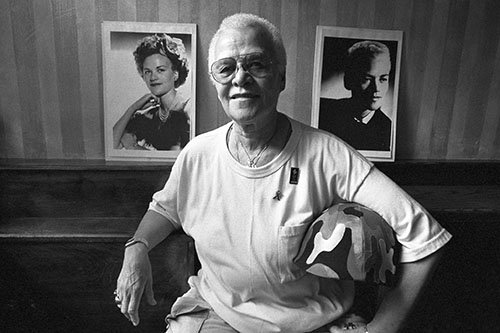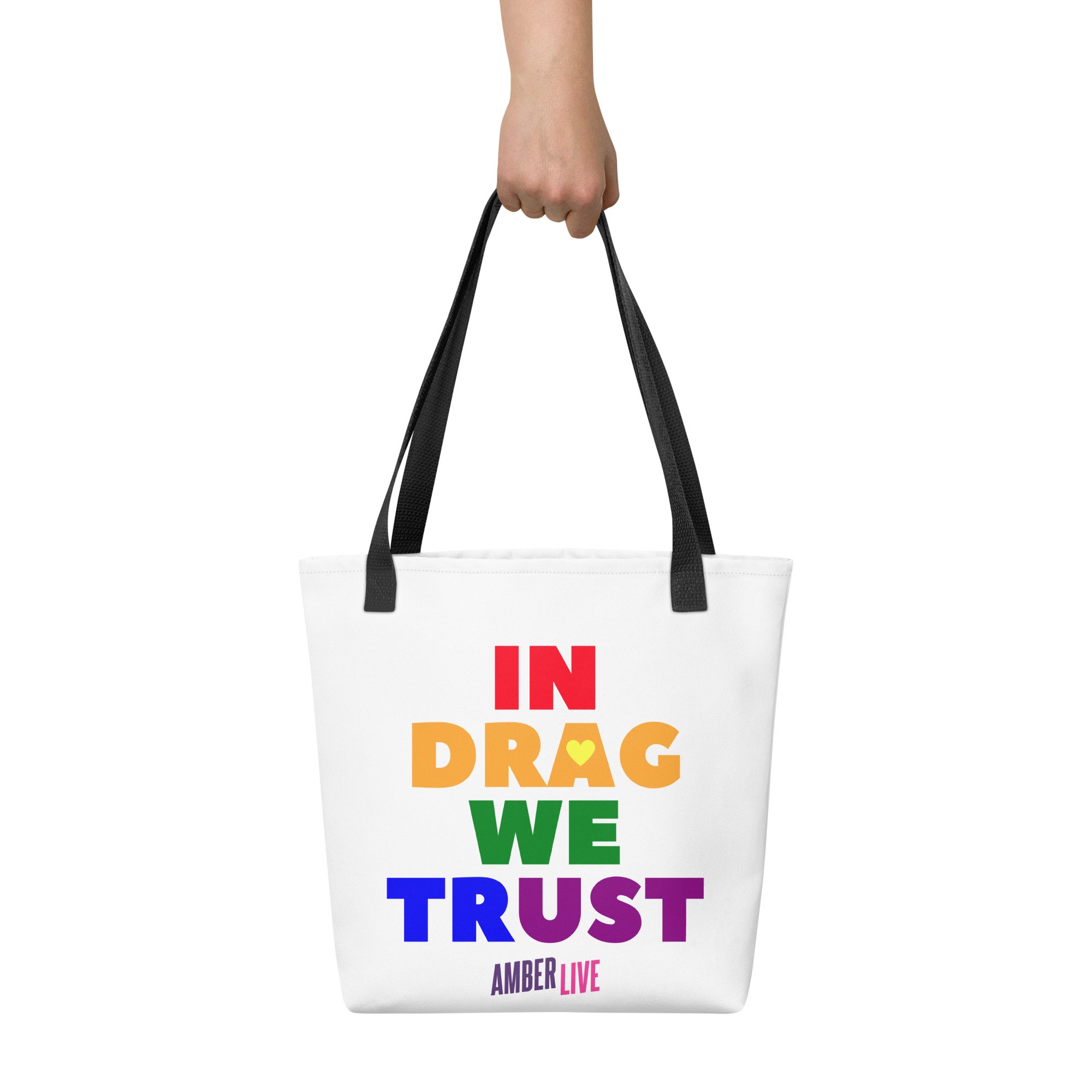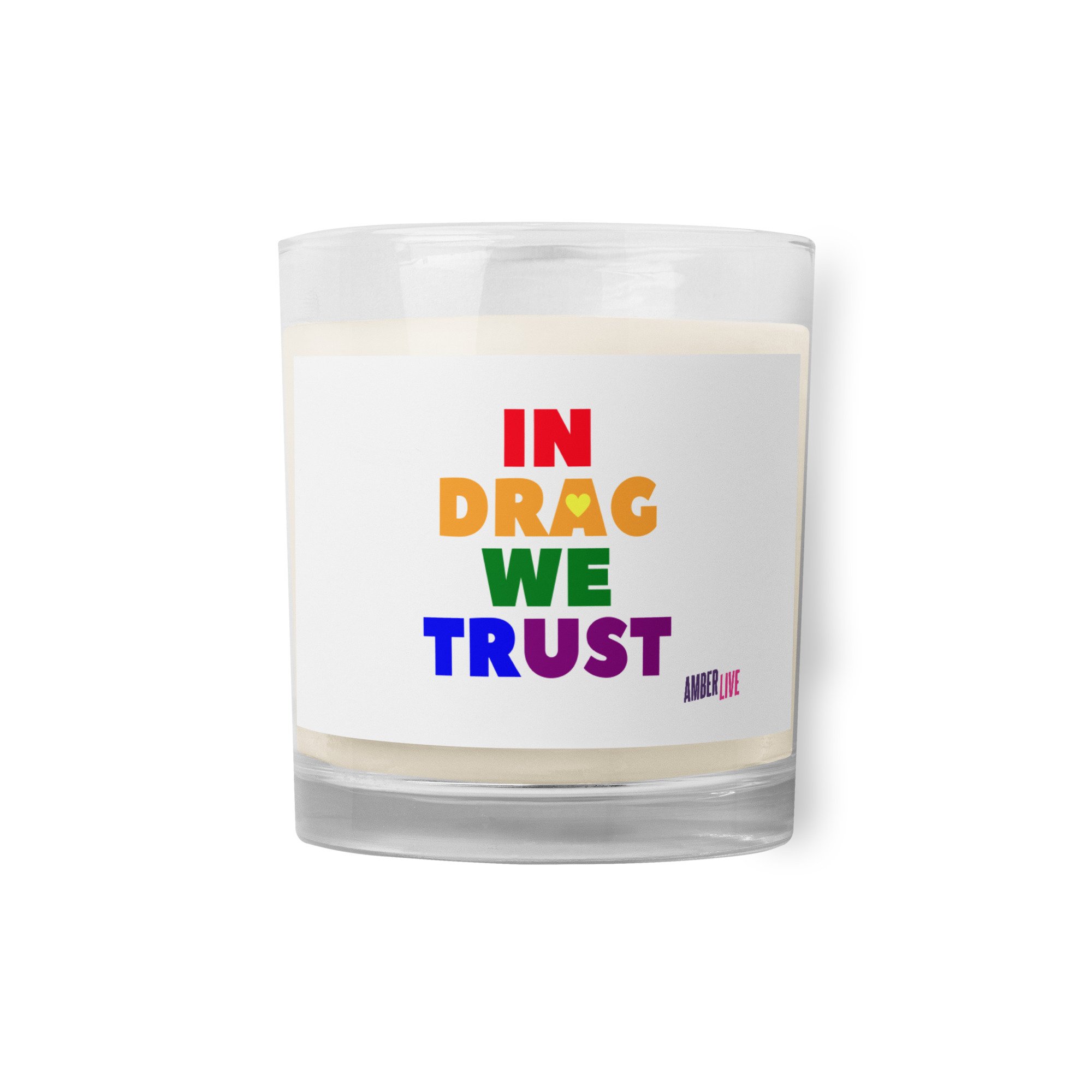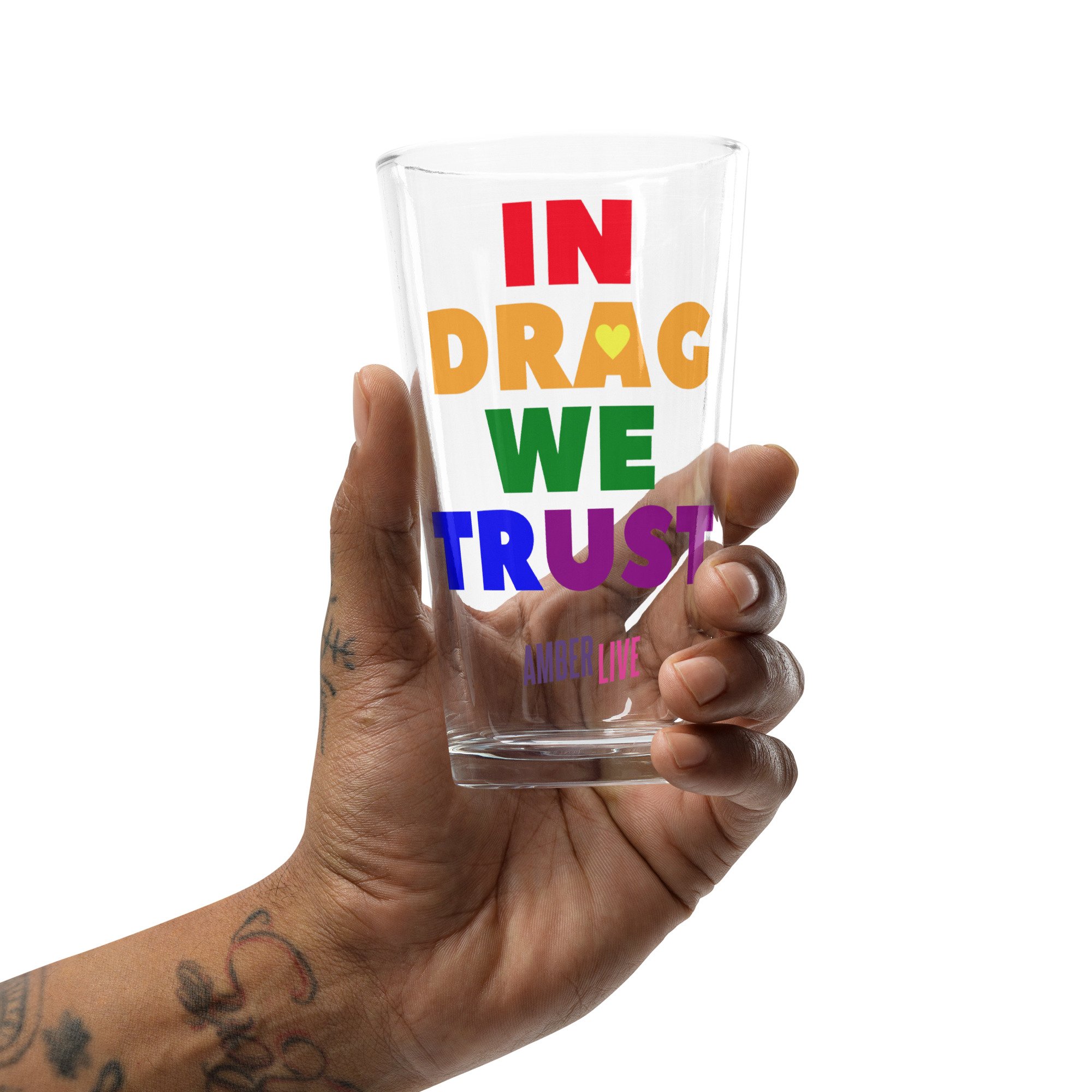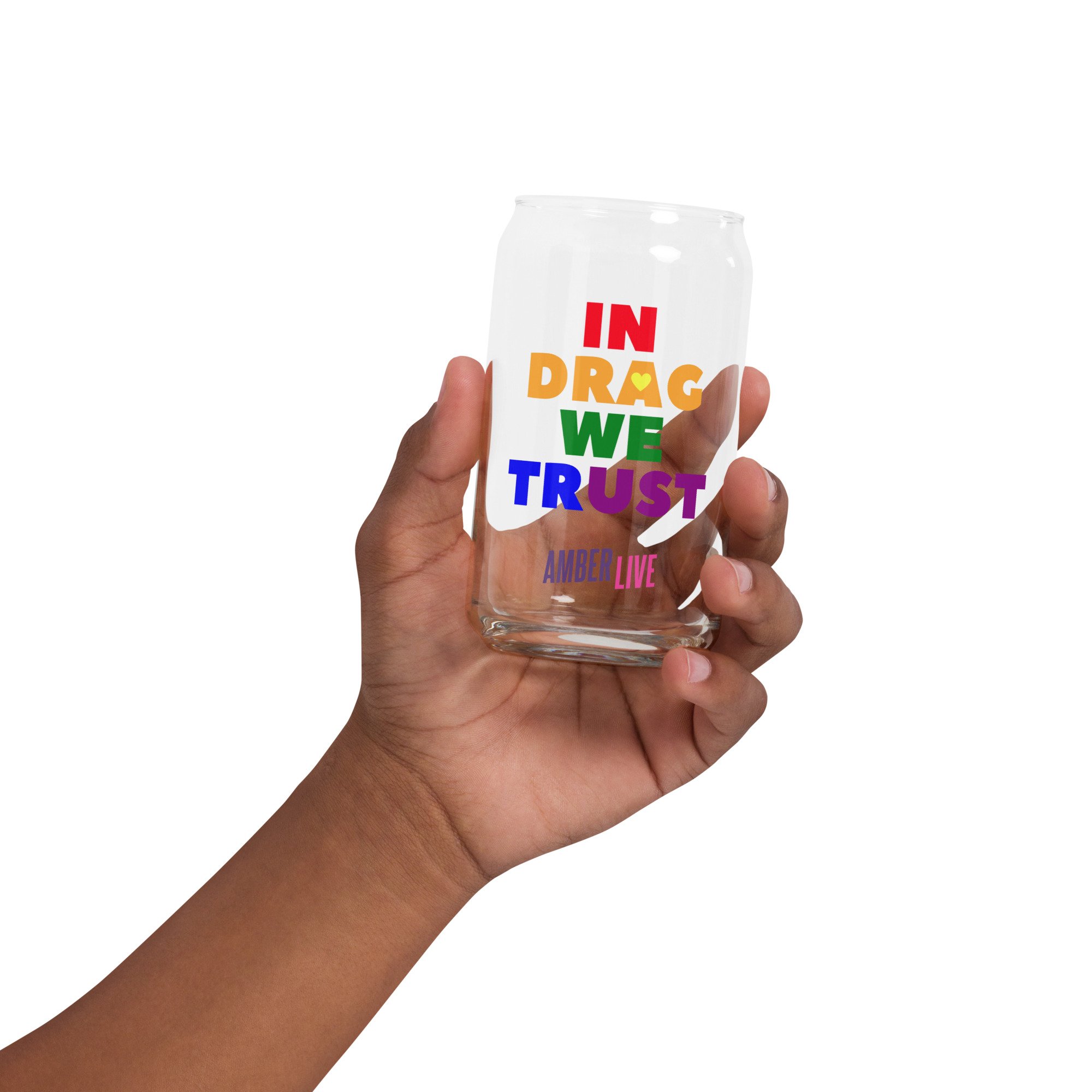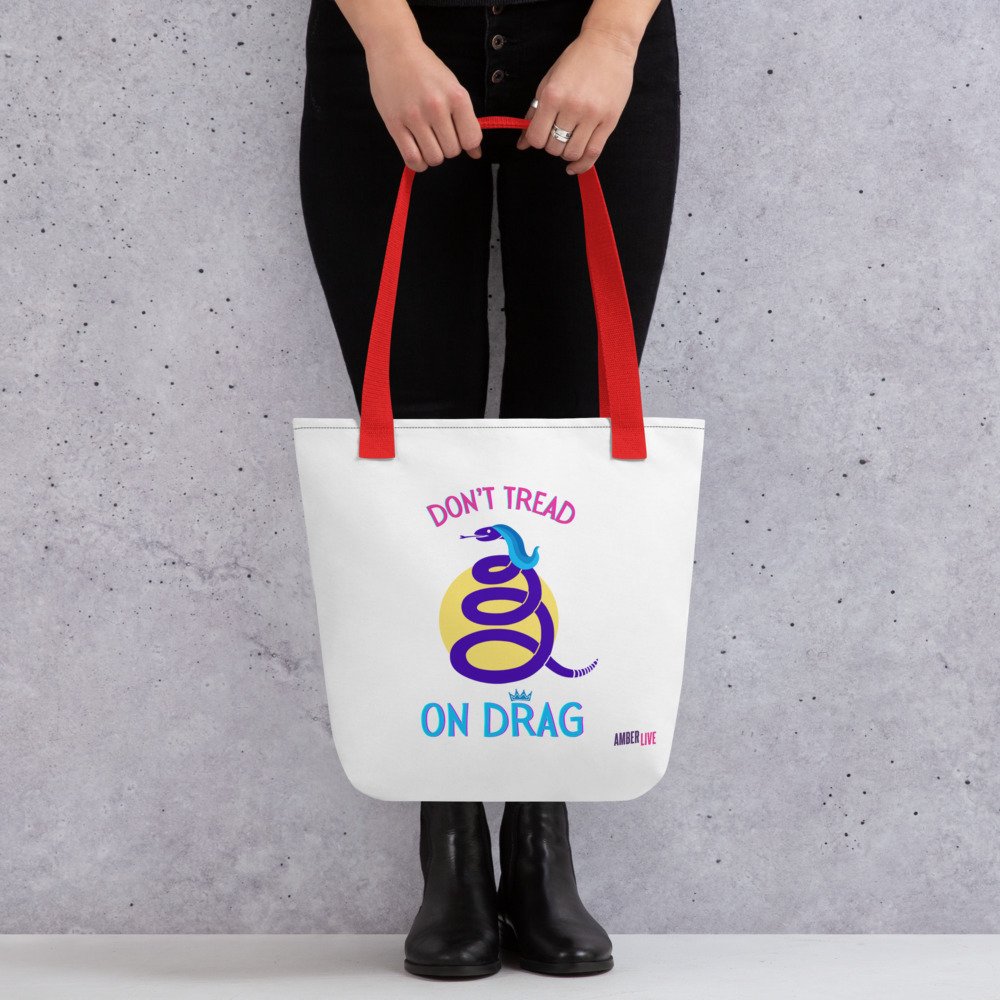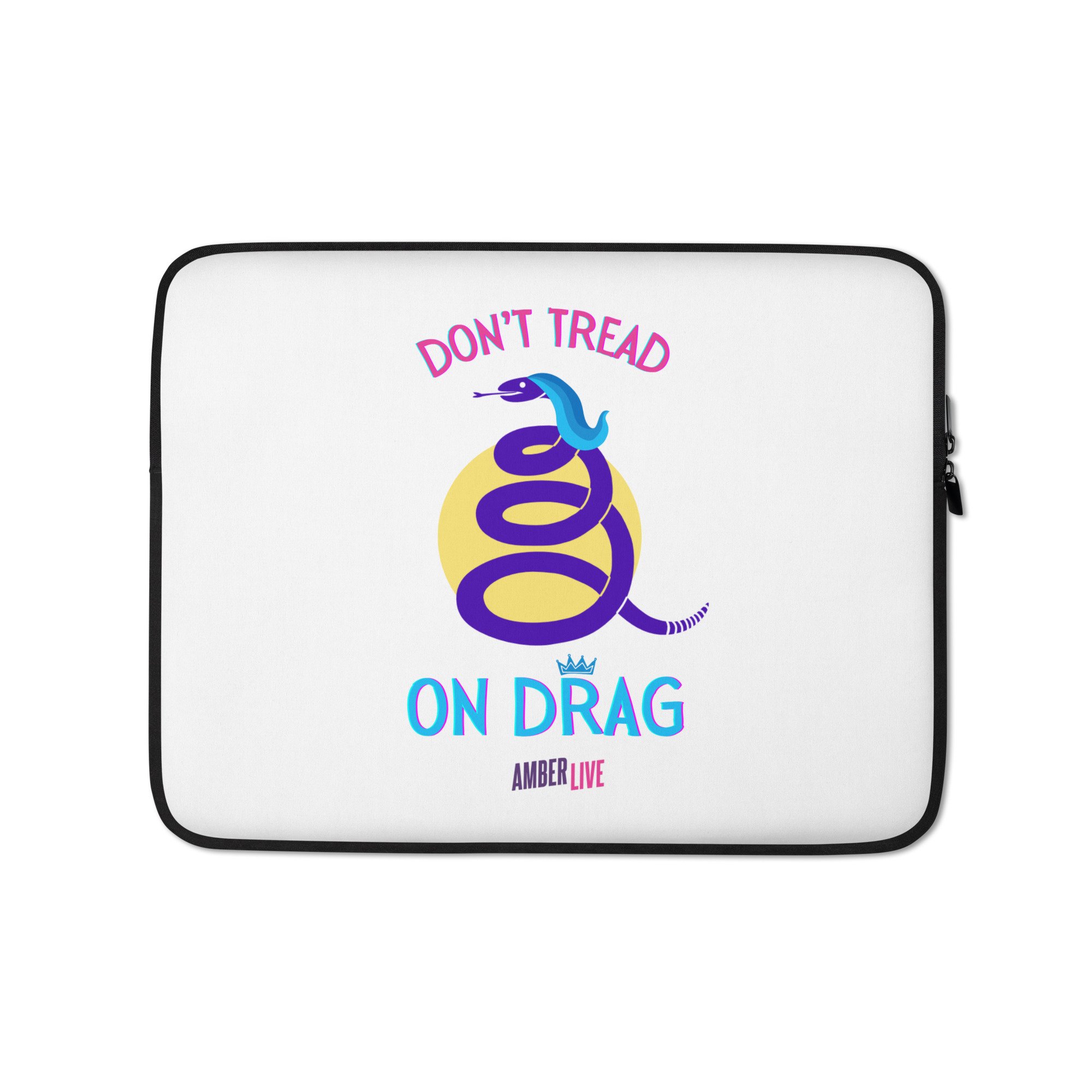Drag King and LGBTQ Icon Stormé DeLarverie
Table of Contents
Drag King and LGBTQ Icon Stormé DeLarverie's Early Life and Family
Stormé DeLarverie Groundbreaking Performer
Stonewall Uprising
Guardian of Lesbians in the Village
Stormé DeLarverie’s Later Years and Legacy
Drag King and LGBTQ Icon Stormé DeLarverie's Early Life and Family
Drag King and LGBTQ Icon Stormé DeLarverie was born on December 24, 1920, in New Orleans, Louisiana, to an African American mother and a white father. Her exact date of birth is uncertain, as she was never given a birth certificate. She celebrated her birthday on Christmas Eve. DeLarverie's father was wealthy, and she was largely raised by her grandfather. As a biracial child, she faced bullying and harassment from both white and Black children, with DeLarverie recalling, "The white kids were beating me up; the Black kids were. Everybody was jumping on me. ... For being a negro with a white face."
DeLarverie's mother worked as a servant for her father's family. Her father paid for her education, and she rode jumping horses with the Ringling Brothers Circus when she was a teenager. She stopped riding horses after being injured in a fall and realized she was a lesbian around the age of eighteen.
Stormé DeLarverie Groundbreaking Performer
From 1955 to 1969, DeLarverie toured the Black theater circuit as the MC and only drag king of the Jewel Box Revue, North America's first racially integrated drag revue. The revue regularly played at the Apollo Theater in Harlem and performed for mixed-race audiences, which was still rare during the era of racial segregation in the United States.
DeLarverie's unique drag style and subversive performances as a baritone singer became celebrated and influential. She drew inspiration from Dinah Washington and Billie Holiday and often wore tailored suits and sometimes a mustache during her performances, leaving the audience to guess who the "one girl" was among the performers.
With her theatrical experience in costuming, performance, and makeup, DeLarverie could pass as either a man or a woman, Black or white. Her androgynous presence inspired other lesbians to adopt what had formerly been considered "men's" clothing as street wear. She was photographed by renowned artist Diane Arbus and is now considered to have been an influence on gender-nonconforming women's fashion decades before unisex styles became accepted.
Stonewall Uprising
Decades later, the events of June 28, 1969, became known as the Stonewall Uprising. DeLarverie was present and was very clear that "riot" was a misleading description, stating, "It was a rebellion, it was an uprising, it was a civil rights disobedience – it wasn't no damn riot."
During the uprising, a scuffle broke out when a woman in handcuffs, who may have been DeLarverie, was roughly escorted from the Stonewall Inn to a police wagon. She fought with at least four officers, swearing and shouting, for about ten minutes. Witnesses described her as "a typical New York City butch" and "a dyke-stone butch," and she was bleeding from a head wound as she fought back.
While it remains uncertain whether DeLarverie was the woman who sparked the crowd to fight, all accounts agree that she was one of several butch lesbians who fought back against the police during the uprising.
Guardian of Lesbians in the Village
After the Stonewall Uprising, DeLarverie's role in the gay liberation movement lasted for decades. In the 1980s and 1990s, she worked as a bouncer for several lesbian bars in New York City, including the Cubbyhole. She was a member of the Stonewall Veterans' Association, holding various offices.
For decades, DeLarverie served the community as a volunteer street patrol worker, earning the moniker "the guardian of lesbians in the Village." Tall, androgynous, and armed with a state gun permit, she roamed lower Seventh and Eighth Avenues, patrolling the sidewalks and checking in at lesbian bars, on the lookout for any form of intolerance, bullying, or abuse of her "baby girls."
In addition to her work for the LGBTQ+ community, DeLarverie organized and performed at benefits for battered women and children. For several decades, she lived at New York City's famous Hotel Chelsea, thriving on the atmosphere created by the many writers, musicians, artists, and actors.
Stormé DeLarverie’s Later Years and Legacy
In her later years, DeLarverie suffered from dementia and lived in a nursing home in Brooklyn from 2010 to 2014. Although she seemingly did not recognize being in a nursing home, her memories of her childhood and the Stonewall Uprisings remained strong.
DeLarverie was honored by various organizations, including Brooklyn Pride, Inc., and the Brooklyn Community Pride Center, for her fearlessness and bravery. She passed away on May 24, 2014, in Brooklyn, at the age of 93.
While there is uncertainty about who threw the first punch at the Stonewall Uprising, DeLarverie's friend Lisa Cannistraci stated, "Nobody knows who threw the first punch, but it's rumored that she did, and she said she did." DeLarverie's approach to style, with her dandyish approach to zoot suits and black tie, was a striking instance of gender-fluid dressing, becoming a major force in fashion in recent years.
Stormé DeLarverie was a lifelong gay rights activist, drag king performer, and guardian of the LGBTQ+ community. Her legacy as a trailblazer and protector of her "baby girls" will forever be remembered and celebrated.
Show your support for Drag and the LGBTQ community! Order some great drag merch today!
—This article was written, restructured, or adapted by Russell with information gathered from sources around the internet. Russell is the producer of Amber Live and is greatly overworked to pull it all together. If it’s on the internet, it must be true. (We’re kidding.) BUT, if you find any errors or omissions in the article, please let us know so that we may correct the issue. Thanks for your support!



